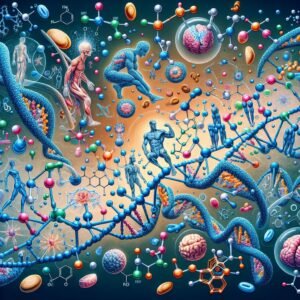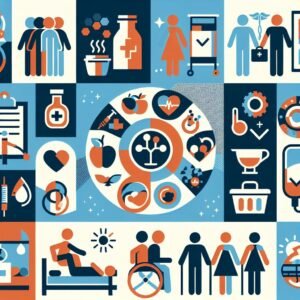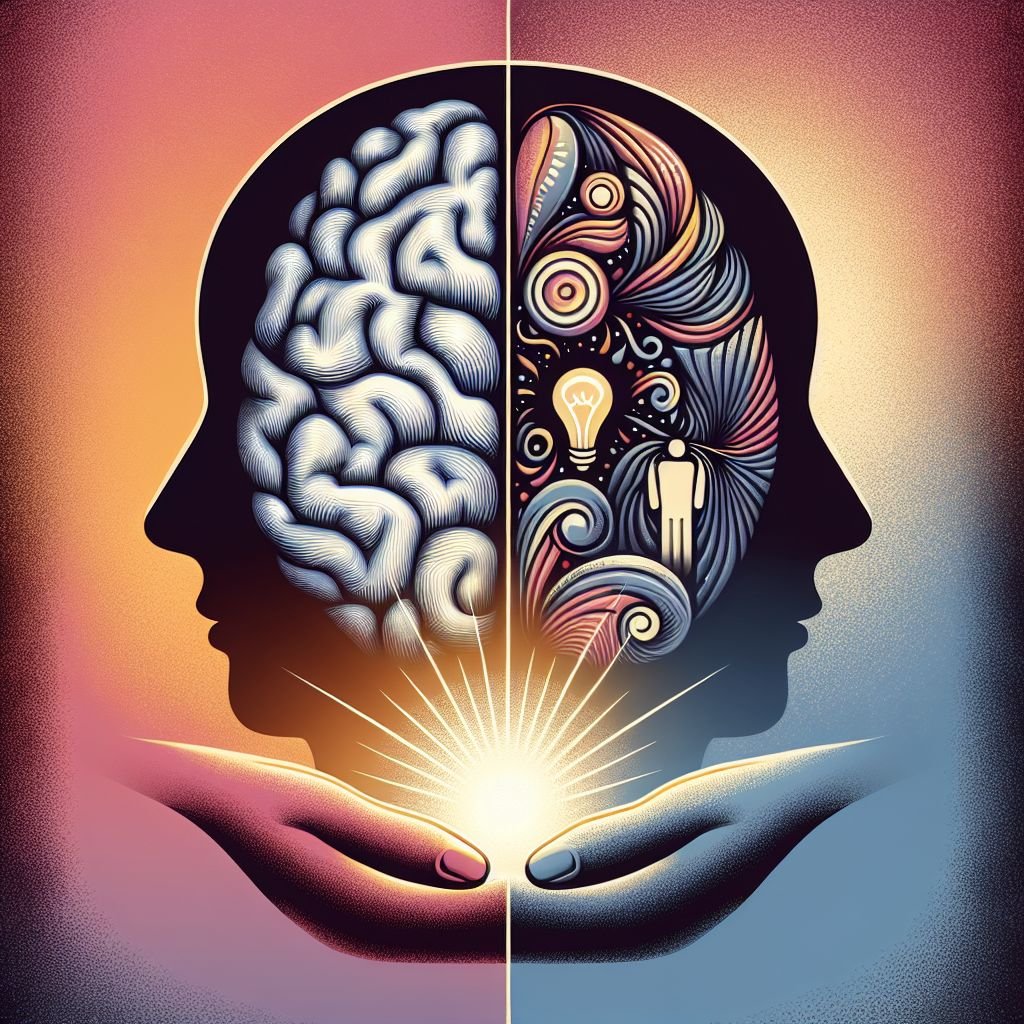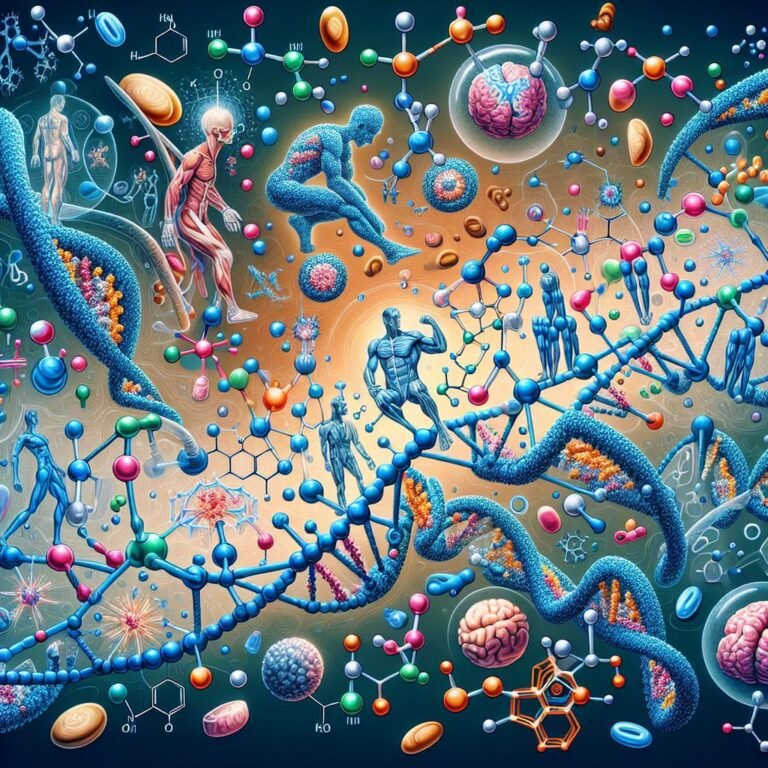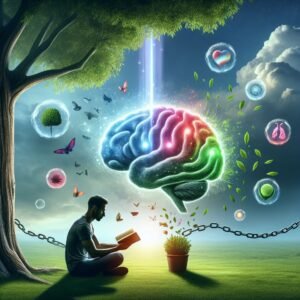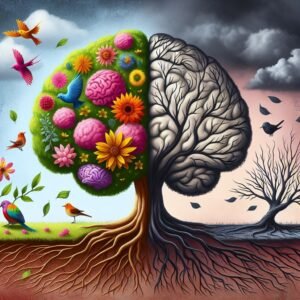Key Takeaways
- ADHD in adults often manifests as difficulty paying attention, impulsiveness, and restlessness, impacting daily life and relationships.
- Symptoms of adult ADHD differ from childhood ADHD; hyperactivity tends to decrease while inattentiveness persists.
- Diagnosis requires showing symptoms that began before age 12 and can involve multiple assessments by healthcare professionals.
- Treatment options include medications, psychotherapy, and lifestyle adjustments to manage symptoms effectively.
- Effective management strategies involve time management techniques, organizational tools, and coping mechanisms for stress and impulsivity.
ADHD in Adults
Understanding ADHD in adults is crucial for empowering individuals to manage their symptoms and improve their quality of life. Many adults with ADHD may not realize they have the condition, often attributing their challenges to other causes. Recognizing the symptoms and seeking appropriate treatment can make a significant difference.
Introduction to Adult ADHD
Adult ADHD is not just a continuation of childhood ADHD; it can present unique challenges and often requires different approaches to diagnosis and treatment. While some adults may have been diagnosed in childhood, others may not discover they have ADHD until later in life when symptoms become more disruptive.
What is ADHD?
Attention-Deficit/Hyperactivity Disorder (ADHD) is a neurodevelopmental disorder characterized by a combination of persistent issues such as inattention, hyperactivity, and impulsivity. These symptoms can interfere with various aspects of life, including work, relationships, and personal well-being. Understanding the nature of ADHD is the first step toward effective management.
Differences Between Childhood and Adult ADHD
ADHD symptoms can evolve as one transitions from childhood to adulthood. For instance, while children with ADHD may exhibit noticeable hyperactivity, adults often experience more internal restlessness. Inattentive symptoms, however, tend to persist across age groups.
“In adults, hyperactivity may decrease, but struggles with impulsiveness, restlessness, and difficulty paying attention may continue.”
This quote highlights the shift in symptom presentation and underscores the importance of recognizing adult-specific manifestations of ADHD.
Recognizing Symptoms of Adult ADHD
Identifying the symptoms of ADHD in adults can be challenging, as they may overlap with other mental health conditions. However, being aware of these symptoms can help in seeking a proper diagnosis and appropriate interventions.
Common Inattentive Behaviors
Inattention in adults with ADHD can manifest in various ways. It might look like difficulty focusing on tasks, frequent daydreaming, or trouble following through on projects. Adults may also struggle with organizing tasks or managing time effectively.
Consider these scenarios: you might be experiencing symptoms of adult ADHD without realizing it.
- Consistently missing deadlines at work due to losing track of time.
- Having a cluttered workspace because organizing feels overwhelming.
- Frequently forgetting appointments or commitments.
These examples illustrate how inattentive behaviors can impact daily functioning, emphasizing the need for strategies to manage these symptoms effectively. For instance, incorporating practices like yoga asanas can help improve focus and reduce stress.
Signs of Hyperactivity and Restlessness
While hyperactivity in adults may not be as pronounced as in children, it can still present challenges. Adults might feel restless, have trouble sitting still, or constantly need to move around. This restlessness can be internal, manifesting as a persistent feeling of being “on edge.”
Impulsivity in Adult ADHD
Impulsivity can significantly affect decision-making and relationships. Adults with ADHD may interrupt others frequently, make hasty decisions without considering consequences, or struggle with self-control in various situations. For more information on managing these symptoms, you can explore ADHD symptoms and management strategies.
Impact on Daily Life
The symptoms of ADHD can affect many areas of an adult’s life, from professional environments to personal relationships. Understanding these impacts is crucial for developing effective coping strategies.
Work and Professional Challenges
In the workplace, ADHD symptoms can lead to missed deadlines, incomplete tasks, and difficulty following instructions. This can result in decreased job performance and increased stress. It’s important to address these challenges with practical strategies and, if necessary, accommodations in the workplace.
Consider implementing the following strategies:
- Use digital tools or apps to set reminders for tasks and deadlines.
- Break larger projects into smaller, manageable tasks to maintain focus.
- Seek feedback regularly to ensure you’re on track with expectations.
These steps can help mitigate the impact of ADHD symptoms on professional life, enhancing productivity and job satisfaction.
Social and Relationship Struggles
ADHD can significantly impact social interactions and relationships. Adults with ADHD may find it challenging to maintain friendships and romantic relationships due to impulsive behaviors and inattentiveness. They might interrupt conversations, miss social cues, or forget important events, leading to misunderstandings and conflicts.
These challenges often create a cycle of frustration and guilt, both for the individual with ADHD and their loved ones. It’s important to acknowledge these difficulties and work towards understanding and communication. Being open about ADHD with friends and family can foster empathy and patience.
Most importantly, learning to manage symptoms through therapy and coping strategies can improve social interactions. Consider implementing active listening techniques and setting reminders for important dates to enhance relationships.
- Practice mindfulness to stay present in conversations.
- Use visual or digital reminders for social commitments.
- Engage in regular relationship check-ins to discuss needs and expectations.
Personal Organization and Management Issues
Organizational challenges are common for adults with ADHD. Keeping track of tasks, managing time effectively, and maintaining an orderly environment can feel overwhelming. This can lead to a cluttered living space and missed responsibilities.
Developing a structured routine and using organizational tools can help manage these challenges. Simple steps like creating to-do lists, using calendars, and setting alarms can enhance productivity and reduce stress.
Diagnosis of Adult ADHD
Getting a proper diagnosis is crucial for managing ADHD effectively. Many adults may not realize they have ADHD until they seek help for related issues like anxiety or depression. Understanding the diagnostic process can empower individuals to take the necessary steps toward treatment. For more information, explore ADHD symptoms and management strategies.
Criteria for Diagnosis
To diagnose ADHD in adults, professionals look for a pattern of symptoms that were present before age 12. These symptoms must significantly impact daily life, whether it’s at work, home, or in social settings. The Diagnostic and Statistical Manual of Mental Disorders (DSM-5) outlines specific criteria that must be met for a diagnosis.
Besides that, adults must exhibit at least five symptoms of inattention and/or hyperactivity-impulsivity. These symptoms should be evident across different settings and not solely due to another mental health condition.
Who Can Diagnose ADHD?
ADHD can be diagnosed by a variety of healthcare professionals, including psychiatrists, psychologists, neurologists, and clinical social workers. It’s important to choose a professional with experience in diagnosing ADHD in adults, as the symptoms can overlap with other conditions.
Evaluation Process and Tests Used
The evaluation process typically involves a comprehensive assessment that includes interviews, questionnaires, and sometimes cognitive tests. The healthcare provider will gather information about your symptoms, medical history, and how ADHD affects your life.
Treatment Options for Adults with ADHD
“Treatment for ADHD can reduce symptoms and improve functioning. The most common treatments for ADHD in adults are medication, usually stimulant medications, and psychotherapy, like behavioral and cognitive behavioral therapy.”
Once diagnosed, there are several treatment options available to help manage ADHD symptoms effectively. A combination of medication, therapy, and lifestyle changes often yields the best results.
Medications, such as stimulants like methylphenidate and amphetamines, are commonly prescribed. Non-stimulant medications like atomoxetine may also be used, particularly if stimulants aren’t effective or cause side effects.
In addition to medication, psychotherapy can provide valuable tools for managing symptoms. Cognitive-behavioral therapy (CBT) is particularly effective in helping individuals develop coping strategies and improve organizational skills.
Medications: Stimulants and Non-Stimulants
Stimulant medications are often the first line of treatment for ADHD in adults. They work by increasing levels of certain neurotransmitters in the brain, which helps improve focus and reduce impulsivity. Common stimulants include Adderall and Ritalin.
Non-stimulant medications, such as Strattera, can be an alternative for those who don’t respond well to stimulants. These medications may take longer to work but can be effective in managing symptoms without the potential for misuse.
Psychotherapy and Behavioral Interventions
Therapy plays a crucial role in managing ADHD. Cognitive-behavioral therapy (CBT) helps individuals change negative thought patterns and develop skills for managing symptoms. Behavioral interventions focus on creating routines and using reinforcement strategies to improve daily functioning.
Role of Lifestyle Changes and Support Groups
- Establish a consistent daily routine to reduce stress and improve time management.
- Engage in regular physical activity to boost mood and focus.
- Join support groups to connect with others who understand the challenges of ADHD.
Lifestyle changes, such as improving diet and sleep habits, can also support overall well-being and symptom management. It’s important to tailor these strategies to individual needs and preferences.
In conclusion, understanding and addressing ADHD in adults involves a comprehensive approach that includes diagnosis, treatment, and lifestyle adjustments. By taking proactive steps and seeking support, individuals can effectively manage their symptoms and lead fulfilling lives.
Strategies for Managing ADHD in Daily Life
Living with ADHD as an adult can present unique challenges, but effective strategies can help manage daily life more smoothly. Understanding your symptoms and adopting practical techniques can lead to a more organized and fulfilling lifestyle. For some, incorporating practices like yoga can be beneficial in enhancing focus and reducing stress.
Time Management Techniques
Time management is often a significant hurdle for adults with ADHD. However, there are several strategies you can implement to improve your ability to manage time effectively. Start by breaking tasks into smaller, manageable steps. This approach makes large projects feel less overwhelming and allows you to track progress more easily.
Another helpful technique is to use timers or alarms to allocate specific time blocks for each task. This method can keep you focused and prevent time from slipping away unnoticed. Additionally, prioritizing tasks by urgency and importance can ensure that you focus on what truly matters. For more strategies, explore ADHD management techniques.
Tools for Improving Focus and Organization
Organizational tools can be invaluable for managing ADHD symptoms. Consider using digital apps or planners to keep track of appointments, deadlines, and tasks. These tools can provide visual reminders and help you stay on top of your responsibilities.
Moreover, creating a structured environment can reduce distractions and promote focus. Designate specific areas for work and relaxation, and maintain a clutter-free space. Regularly reviewing and updating your organizational systems can also help you adapt to changing needs.
Coping with Impulsivity and Stress
Impulsivity and stress are common challenges for adults with ADHD, but there are ways to cope effectively. Practice mindfulness techniques, such as deep breathing or meditation, to calm your mind and reduce impulsive reactions. These practices can also help you manage stress more effectively.
Engaging in regular physical activity can further alleviate stress and improve overall well-being. Exercise releases endorphins, which can enhance mood and concentration. Additionally, seeking support from friends, family, or support groups can provide valuable insights and encouragement.
Frequently Asked Questions (FAQ)
Understanding ADHD in adults can be complex, and many questions may arise. Here are some frequently asked questions to help clarify common concerns.
Can ADHD develop in adulthood?
ADHD does not typically develop in adulthood. Instead, symptoms must have been present before the age of 12 for a diagnosis. However, some individuals may not receive a diagnosis until later in life when symptoms become more apparent or disruptive.
Are ADHD symptoms different for men and women?
Yes, ADHD symptoms can manifest differently in men and women. Men often exhibit more hyperactive behaviors, while women may experience more inattentive symptoms. This difference can sometimes lead to underdiagnosis in women, as their symptoms may be less overt.
Understanding these variations can help in recognizing ADHD in oneself or others, leading to more accurate diagnosis and treatment.
“Symptoms can range from mild to severe, affecting various aspects of life, including work, relationships, and self-esteem.”
How can ADHD affect personal relationships?
ADHD can impact personal relationships in several ways. Impulsivity may lead to frequent interruptions during conversations, while inattentiveness can cause misunderstandings or forgotten commitments. These challenges can create tension and frustration for both the individual with ADHD and their loved ones.
What are the risks of not treating ADHD in adults?
Untreated ADHD in adults can lead to several negative outcomes, including poor job performance, unstable relationships, and increased risk of mental health issues such as anxiety and depression. Therefore, seeking treatment is crucial for improving quality of life and reducing potential complications. For more information on symptoms and management strategies, check out this comprehensive guide on ADHD.
Are there natural remedies for managing ADHD symptoms?
While medication and therapy are common treatments for ADHD, some natural remedies may also support symptom management. These include maintaining a balanced diet, engaging in regular exercise, and ensuring adequate sleep. Additionally, mindfulness practices and stress-reduction techniques can complement traditional treatments.
It’s important to consult with healthcare professionals before pursuing alternative treatments to ensure they align with your overall care plan.
In conclusion, ADHD in adults requires a comprehensive approach to diagnosis and management. By understanding the symptoms, seeking appropriate treatment, and implementing effective strategies, individuals can lead fulfilling lives despite the challenges posed by ADHD.
ADHD in adults can manifest in various ways, including difficulty in maintaining focus, disorganization, and impulsivity. These symptoms can significantly impact daily life and productivity. Understanding the symptoms and management strategies for ADHD is crucial for those affected to lead a balanced and fulfilling life.



